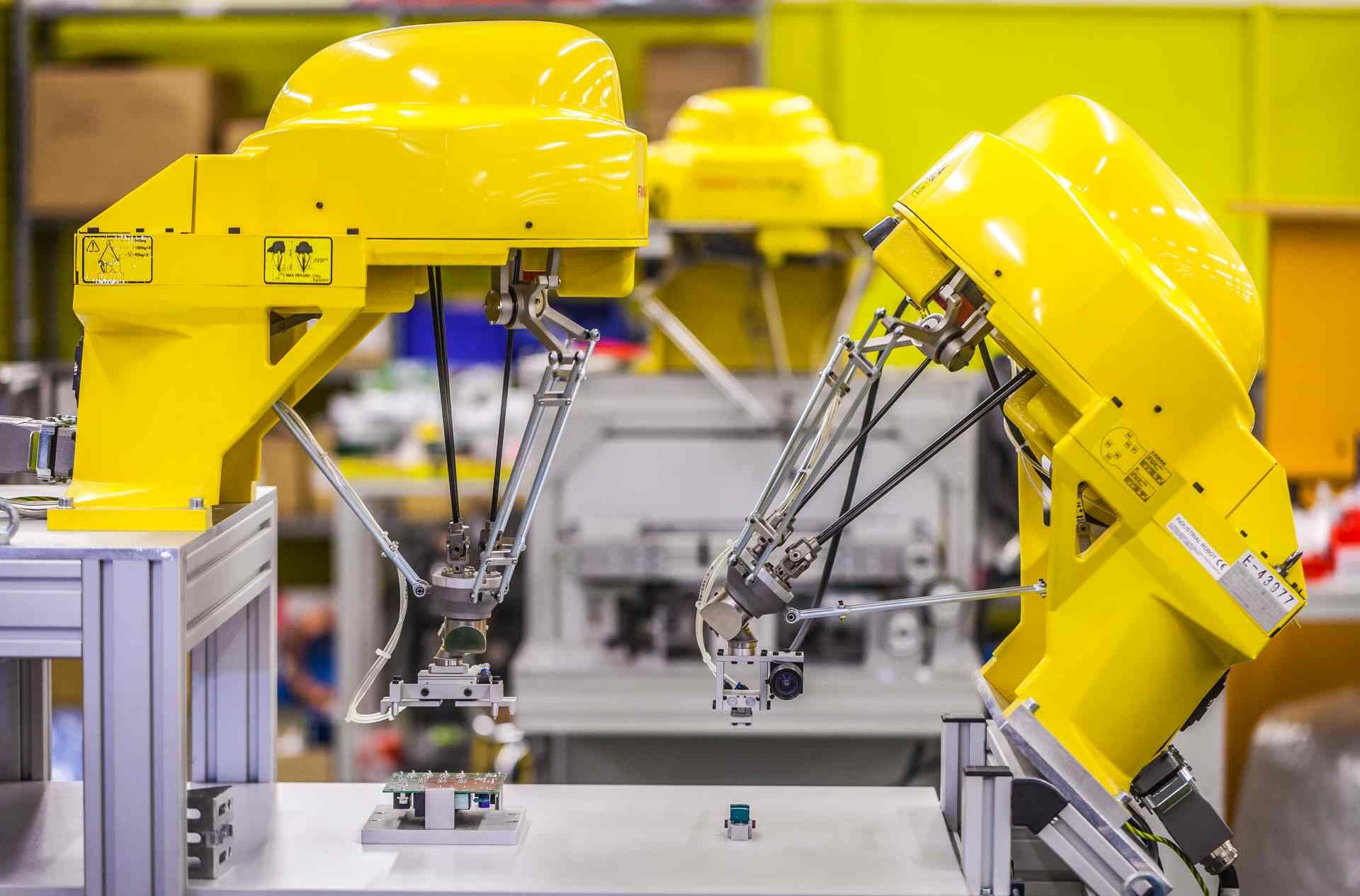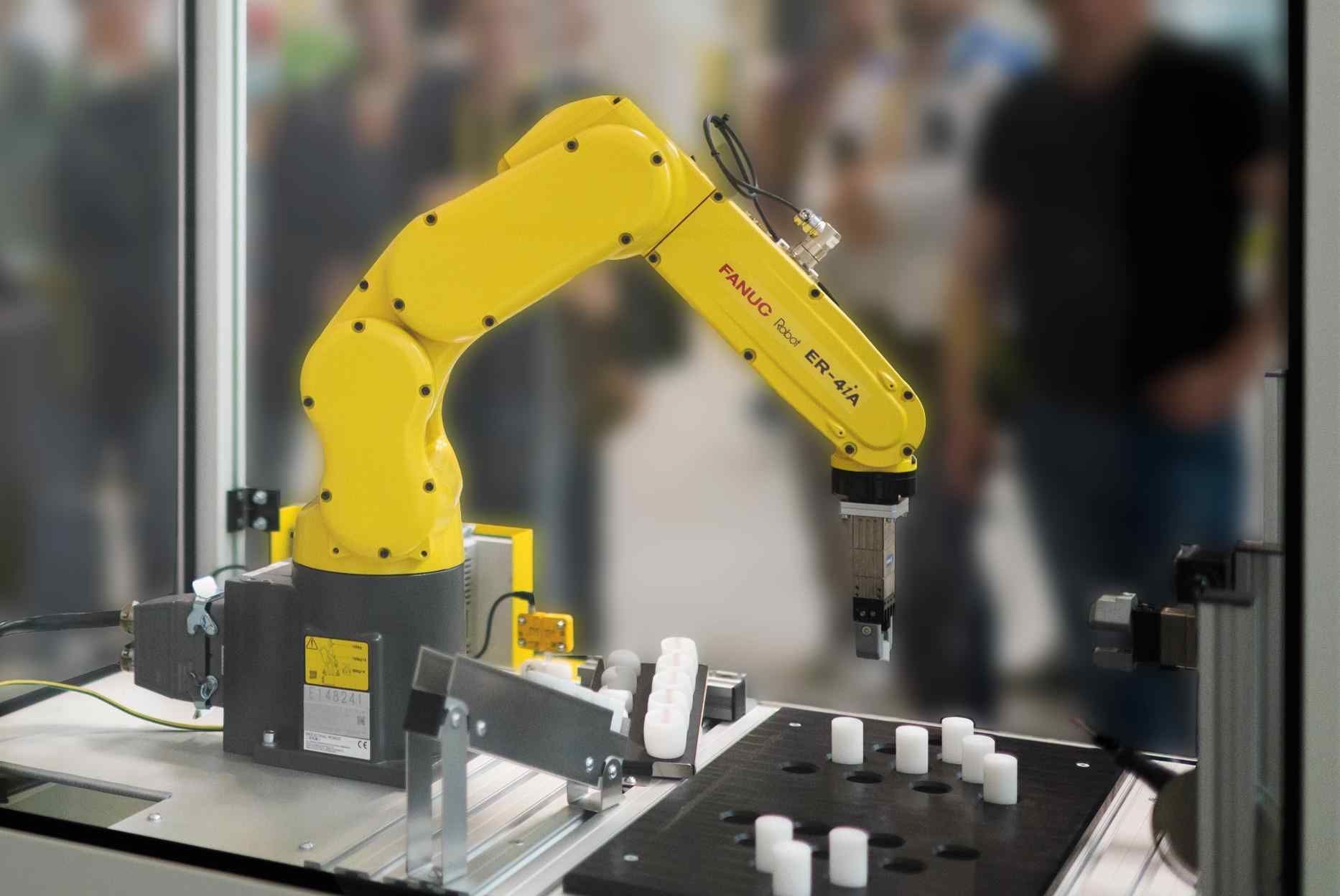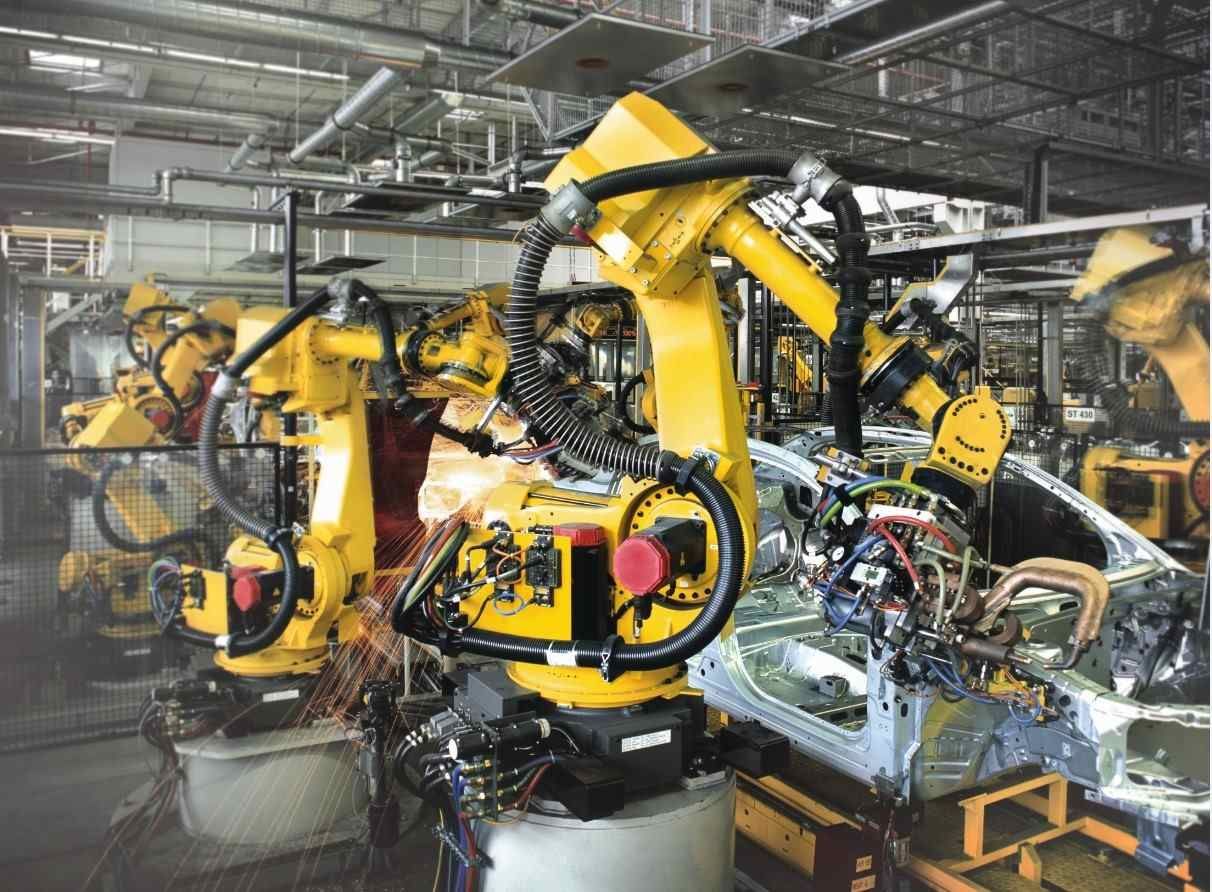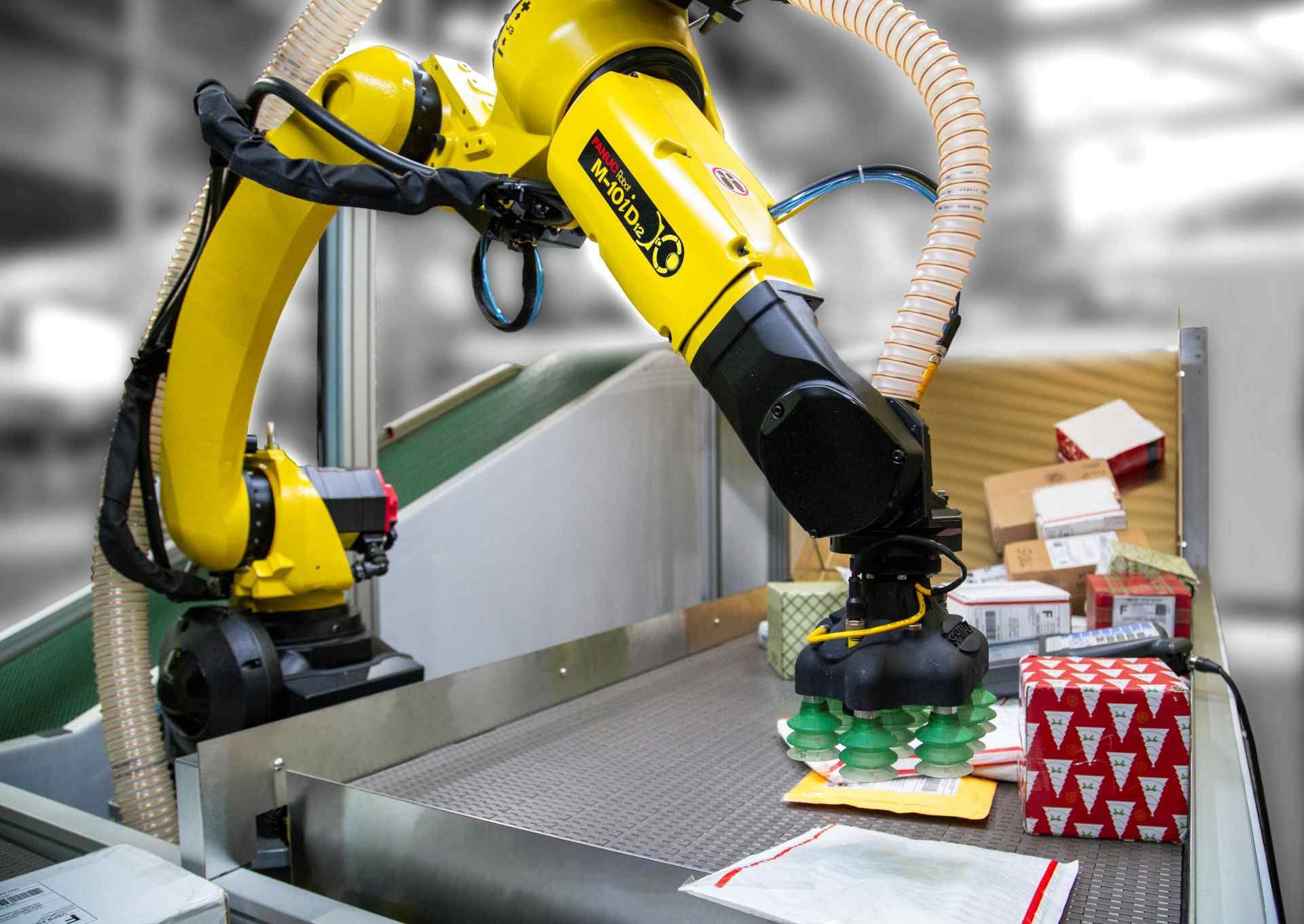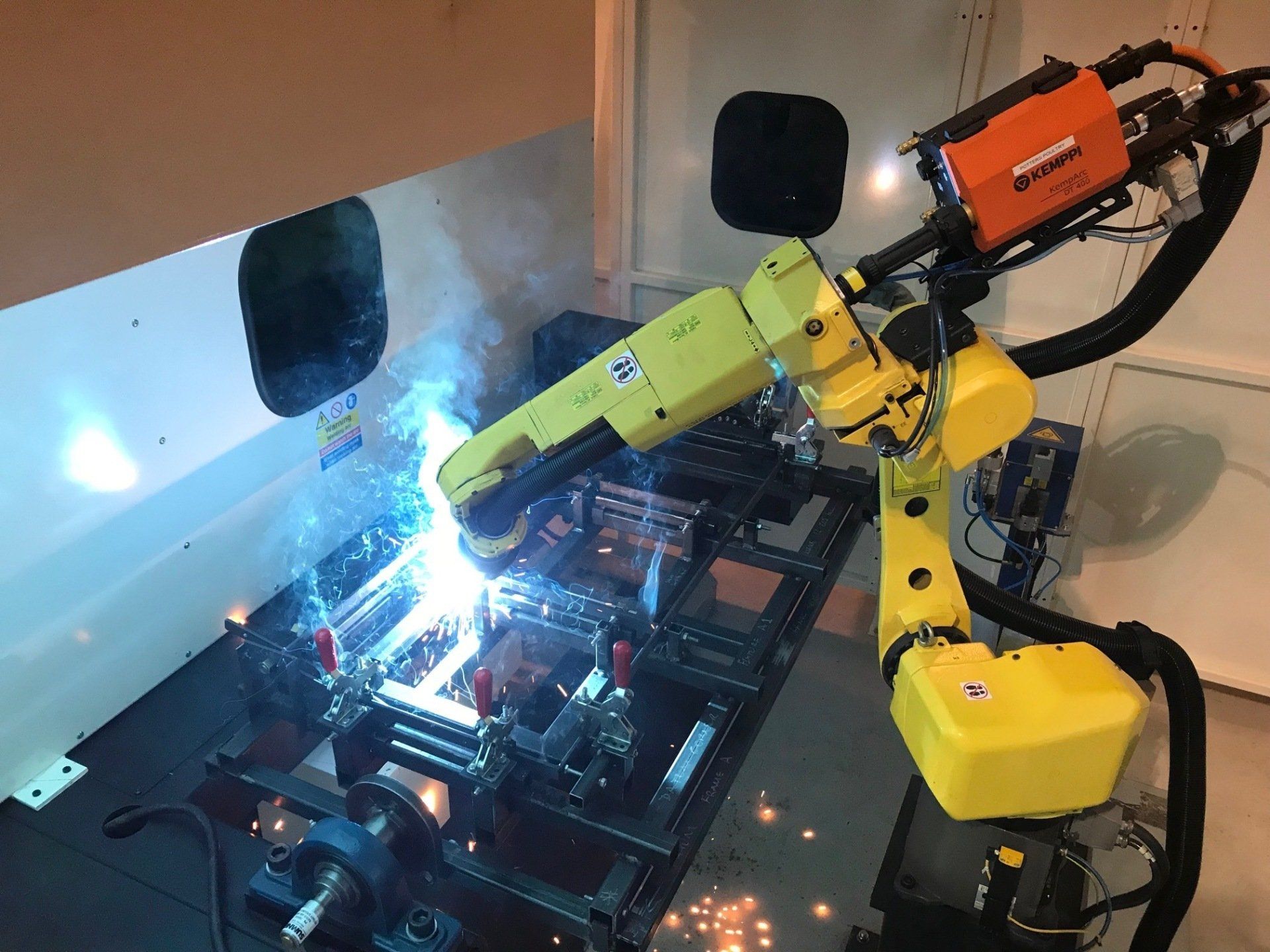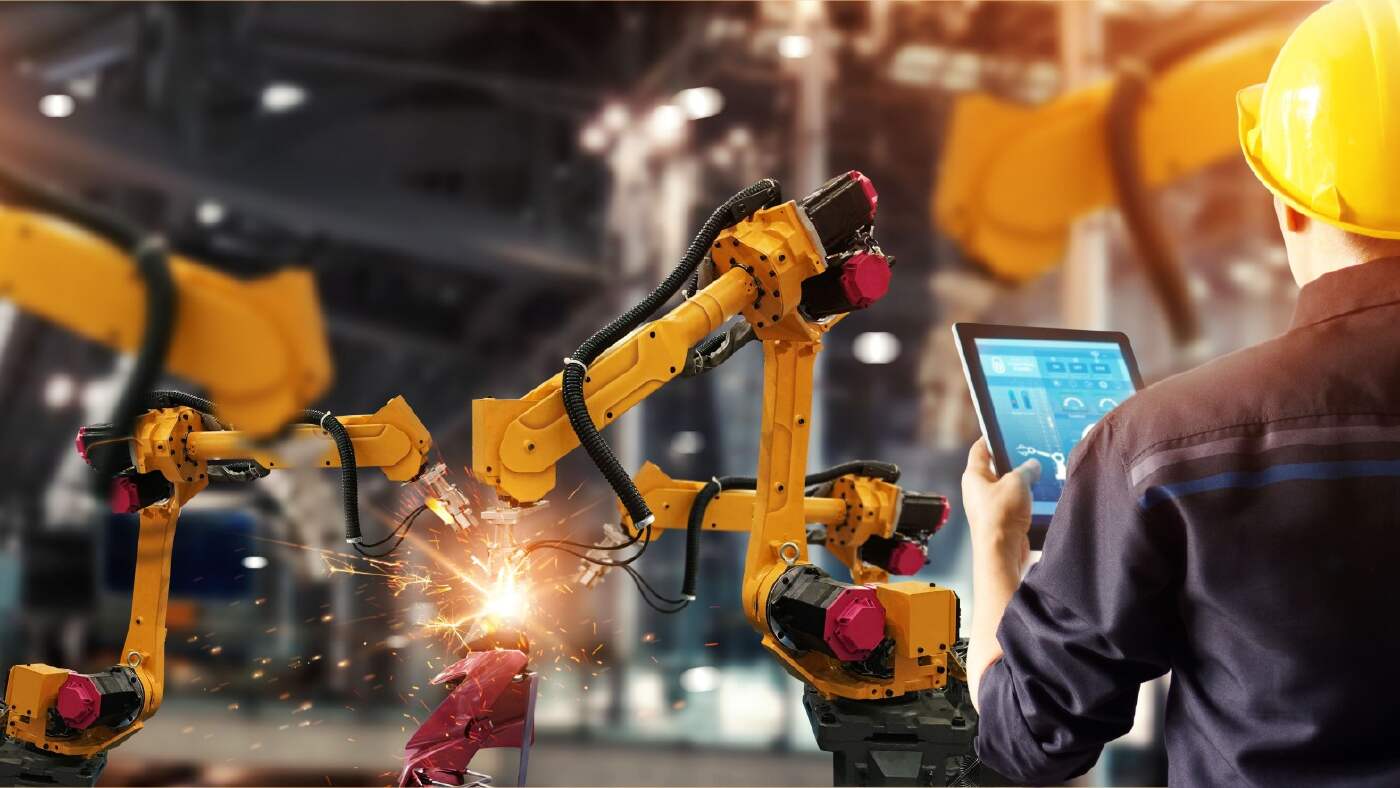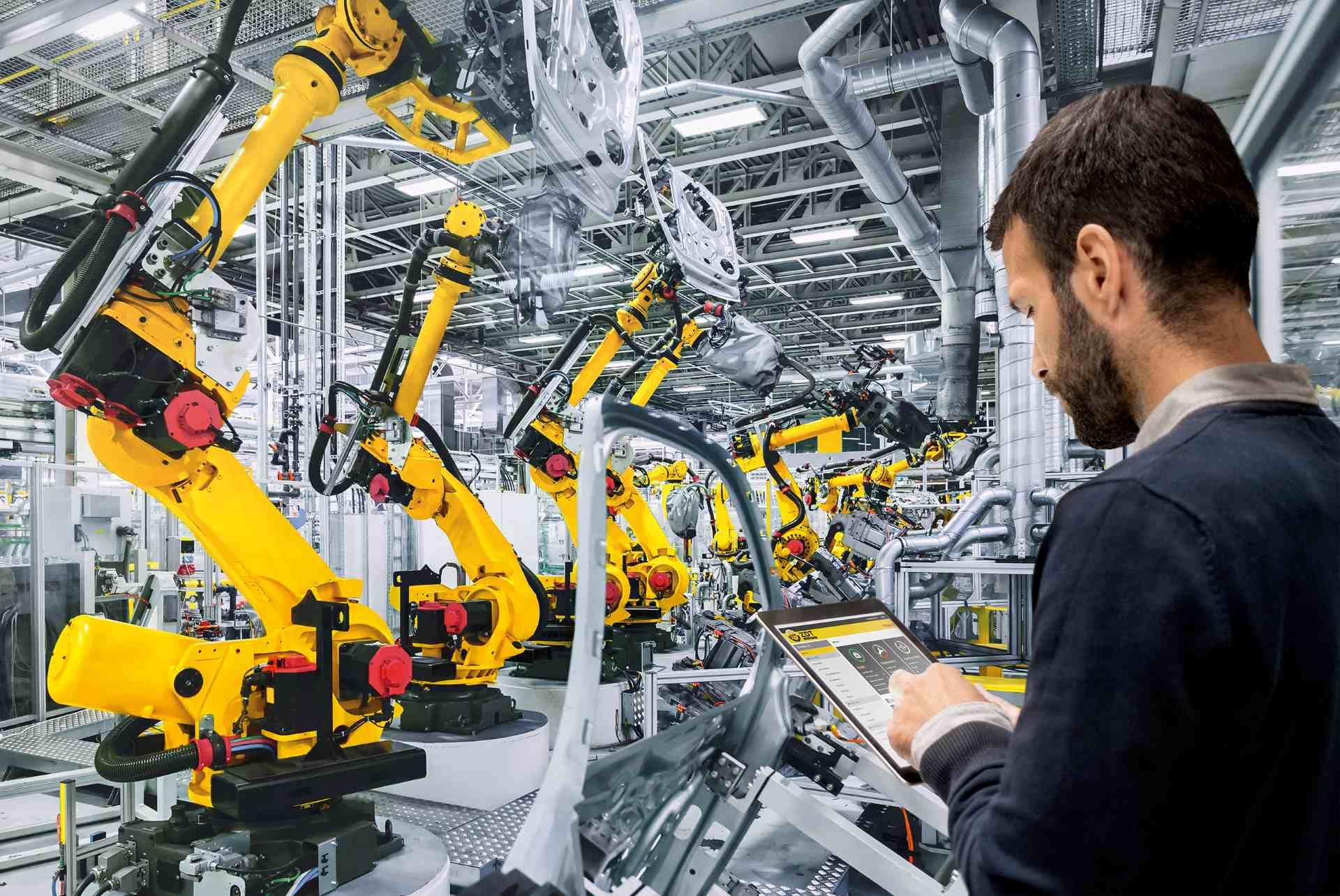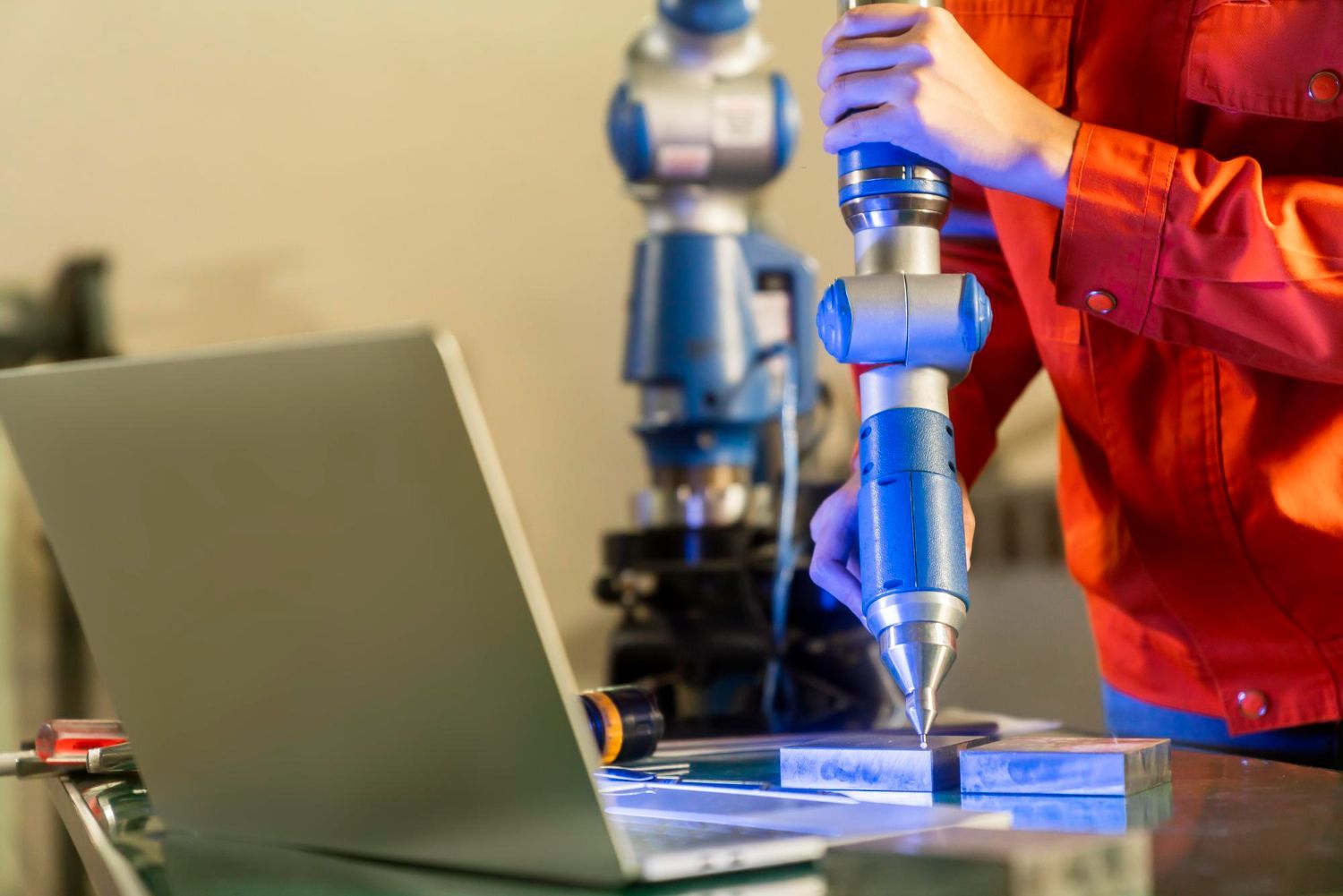Robotics In The Construction Industry
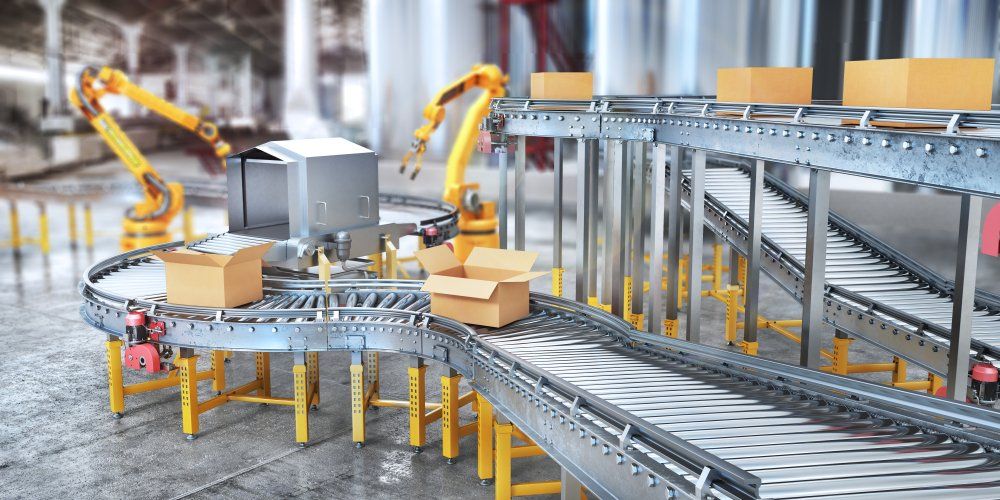
Throughout the modern era, industries across the world are taking advantage of the benefits of automation and robotics. From bricklaying robots to automated surveying systems, the construction industry is no exception. The sector is readily adopting new technologies that increase efficiency and enhance safety conditions, by automating repetitive, labour-intensive and potentially dangerous tasks on construction sites.
Cyber-Weld provides bespoke construction robotics systems for a range of companies in the construction industry. Our robotic engineers can assist by fully automating your construction processes. In this article, our team of expert engineers explores how robotics are being used in the construction industry, before explaining how we can help you.
What Is Robotics in the Construction Industry?
The construction industry is a prime candidate for automation, but until now the sector has been slow to adopt new practices and technologies. While the automotive and manufacturing industries were developing robotic systems for mass production and assembly as early as the 1950s (the mechanical arm was patented in 1954), the construction industry has predominantly relied on a human workforce into the 21st century.
This is surprising given that construction projects require large labour pools carrying out hazardous work in repetitive and often dangerous conditions. Indeed, there are many advantages to be gained from the use of automation and robotics in construction, including improved efficiency, increased productivity and large cost savings in the long run.
Traditionally, construction jobs were protected amidst fears that robots would take over from humans. Construction robotics technology in the 20th century also wasn’t up to scratch. While robots were very good at simple manufacturing and assembly processes, skilled construction work like bricklaying just couldn’t be replicated by non-humans.
But views are changing as construction robotics and construction automation technology develops. The Japanese were the first nation to seriously begin using construction robots in the 1980s when an ageing population left companies with a deficit of manual workers. They began developing machines for heavy-duty but relatively simple construction tasks, like excavation and concreting.
Fast forward to the 21st century, and automation and robotics systems now benefit from highly advanced AI technology that allows robots to undertake construction tasks on a more developed level than ever before. Construction robotics now offers a safer and more efficient alternative to human work, which is a vital development in countries where (like Japan) the population is unwilling or unable to undertake manual labour.
Now, construction robots undertake varied tasks such as bricklaying, material handling, construction site material manufacturing and automated surveying, in addition to things like excavation and tying rebars. As technology continues to advance, the number of jobs that construction robotics can successfully perform is only likely to increase, particularly as more companies invest in and develop construction robots and construction automation systems.
Automation and Robotics in Construction
Automation and robotics in construction is an ever-evolving field that encompasses everything from drones and self-driving vehicles to welding robots and automated plasma cutters. It’s an exciting time for bespoke robot systems, and there are an increasing number of tasks that construction robotics undertakes.
These construction tasks are typically split between three different sectors, or stages, within the construction cycle. These are:
- Planning
- Off-site tasks
- On-site tasks
The first stage in the construction process is the planning or design stage. This often involves the use of automated computer design systems such as CAD, or automated surveying equipment such as LIDAR (light detection and ranging).
Off-site tasks involve manufacturing and assembly processes that take place away from a construction site. This might include the assembly of prefabricated units or the assembly of different construction materials, such as steel girders or concrete pylons. Most recently, the adoption of 3-D printing technology has revolutionised the ability of the construction industry to quickly create consistent, quality products from scratch.
The final stage occurs on-site when automation is commonly used on the construction or building sites themselves. The different tasks that construction robots might perform includes:
- Bricklaying
- Cutting
- Demolition
- Excavation
- Machine operation
- Material handling
- Surveying
- Testing
- Tying rebars
- Welding
Construction robotics and construction automation systems are generally specialised to undertake one specific task. Here are a few examples of the most popular types of construction robots, and the tasks they’re designed to perform.
3D Printing
3D printing technology allows major assembly processes to be completely automated through the use of printing machines and robots. For example, 3D printers can continually ‘print’ prefabricated parts and units, which are then assembled and taken to construction sites for installation. 3D Printers may even print completely prefabricated buildings and houses, saving vast sums of time and money compared to traditional construction.
Bricklaying Robots
Automated bricklaying robots allow brick walls to be constructed quickly and efficiently on building sites. Robotic arms place bricks in the designated spot and lay mortar, while the robot is fed bricks and mortar by humans or by an integrated feeding system. Bricklaying robots may be programmed to build brick walls to a set pattern, while AI technology increasingly allows the robots to intuitively lay bricks, make adjustments and check for accuracy and quality in the build.
Demolition Robots
Demolition is one of the most hazardous stages of the construction cycle. Robots are often utilised to protect human workers by carrying out dangerous tasks such as knocking down walls, crushing metal and setting off explosives.
Excavation Robots
Construction typically requires the excavation of large areas of earth in order to lay sturdy foundations. Rather than having manual labourers physically digging into the ground, excavation robots can dig trenches and remove large quantities of earth, rock and rubble in a short space of time.
Welding Robots
Automated robot welding systems are commonly used in both off-site and on-site construction processes. They are often found as part of manufacturing and assembly lines, where they weld together different metals or parts to produce construction materials, such as girders. On-site, they may be attached to robot arms, which perform important welding tasks in hazardous conditions.
Advantages of Robotics in Construction
Construction robotics and construction automation have a number of advantages. Not only do robotic systems increase efficiency and reduce the number of accidents on construction sites, but they also reduce construction waste, lead to increased cost-savings and fill gaps in the labour pool.
Here are the most important benefits of automation and construction in robotics:
1. Robots carry out a diverse number of construction tasks
From excavation and bricklaying to surveying and demolition, construction robots can be designed to undertake almost any construction task. As we’ve already seen, this diversity means that robots are employed in all major stages of the construction cycle, including planning and surveying, as well as both off-site manufacturing processes and on-site construction tasks.
2. Faster completion of construction projects
The use of robots ensures that construction projects can be completed in a shorter space of time. This is down to the increased efficiency that robots bring to construction sites, as they undertake construction tasks such as bricklaying much quicker and more accurately than humans can. Importantly, construction robots can operate 24 hours a day, 7 days a week, without needing to take breaks.
3. Improved construction site safety
One of the most important advantages that robots bring to construction sites is improved safety conditions. Construction work is traditionally hazardous, and injuries may result from any number of accidents. When robots perform potentially dangerous tasks on construction sites, such as demolition, then the chance of humans being injured is greatly reduced. Many injuries also occur when manual workers are fatigued or tired, an issue that is removed when robots are working instead of people.
4. Fills labour gaps and creates skilled jobs
Robots are often criticised for taking jobs that people have traditionally performed, including construction roles. Indeed, it’s this fear that means the construction industry was originally hesitant to adopt automated processes. But as populations age and people have more career options available to them, there is often a shortage of manual workers. In this scenario, robots can fill a necessary and important labour gap in the construction industry. At the same time, humans are still required to oversee robotic processes and manage construction projects, meaning specialised and skilled jobs are created through automation.
5. Increased cost-efficiency
Construction projects requiring vast quantities of resources, materials, labour and time are inevitably expensive to run. But the use of automation and robotic systems allows costs to be lowered and profits to be maximised, through improved efficiency, reduced waste and cost-efficient time and labour savings.
Contact Cyber-Weld Today for More Information on Automation and Robotics in Construction
If you’d like to know more about construction robotics and construction automation, then our expert team of robotic engineers is ready to help.
Cyber-Weld provides a comprehensive range of robotic services, including an extensive array of bespoke robot welding solutions designed for the construction industry.

